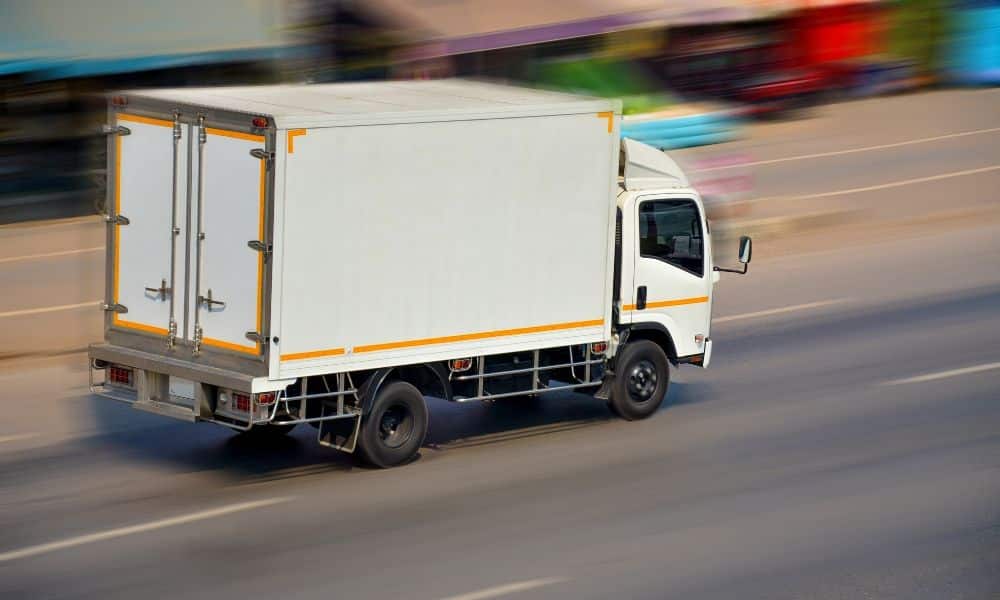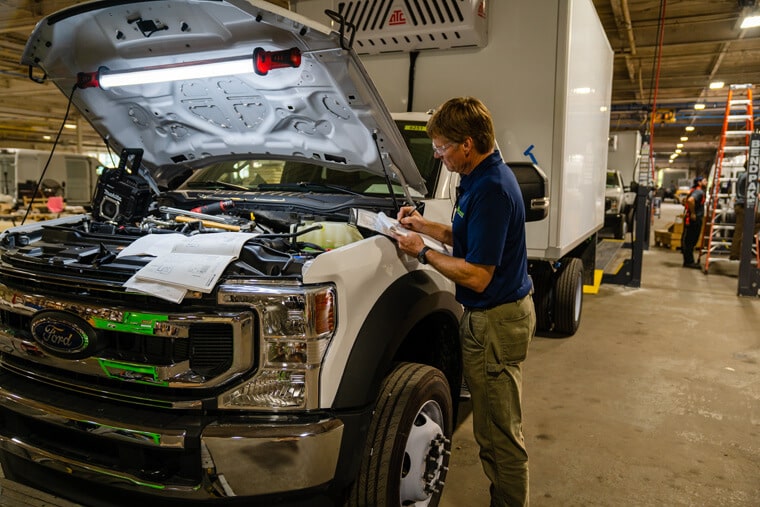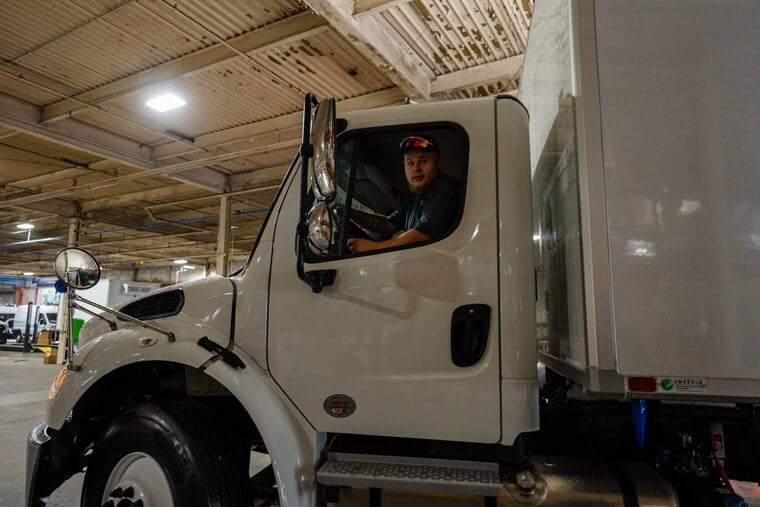
Mistakes To Avoid When Shipping Fine Art
Joe Dickman | November 16th, 2020
It is important that the package arrives without any damage when shipping products. This is especially true of fine art because of the impossibility of recreating the original. Here are some of the common mistakes to avoid when shipping fine art.
Lack of Planning
Like most things in life, a lack of planning before transporting your favorite piece of artwork can come back to haunt you. Before you even begin the moving process, you should get the work appraised and insured to protect yourself financially in case of damage. Do your homework when selecting the shipping company, and be sure to choose one with expertise in transporting fine art.
Poor Packing Materials
Another common mistake made by first-time shippers is not using the proper packing materials. Shipping companies should avoid using any materials that might damage the work, including anything acidic. Materials like bubble wrap, insulation paper, and polyethylene all are safe choices for paintings. For sculptures, vases, and other larger pieces, shipping companies should fill the shipping container with additional padding materials such as blankets, packing hay, or packing peanuts.
Wrong Moving Company
It is important to remember that common carriers like UPS, FedEx, and the USPS cannot always handle the intricacies of fine art transportation. This is a mistake made by many people shipping art for the first time. You need to make sure that the company you choose takes the proper precautions to protect your art, like using a refrigerated delivery vehicle to prevent sudden temperature fluctuations. The company should possess the experience to handle any delays in the process.
Missing Documentation
The final mistake to avoid when shipping fine art is having a lack of proper paperwork. You should be aware of all the documents you will need, including proof of insurance. Having your paperwork properly sorted and in order can prevent any unnecessary delays. This is especially important when you are shipping internationally, where a paperwork delay could take weeks or even months to sort out.
For all your temperature-controlled vehicle needs, check out the experts at Emerald Transportation Solutions. We are the premier design and building company for all manner of refrigerated vans and trucks.
Related Articles
Contact Us
Feel Free To Contact Us If You Have Any Questions
What does under DOT mean?
Questions regarding DOT requirements come up often. 10,000 lbs GVW (gross vehicle weight) and over are commercial vehicles that fall under the Department of Transportation regulatory requirements.
What is the difference between GVW and payload?
GVW or Gross Vehicle Weight is the entire weight of the vehicle including the payload. The payload weight represents the amount of cargo you are hauling.
What is a self-powered unit and a vehicle-powered unit?
A self-powered unit has its own fuel source and will run independent of the truck. This is the heaviest and most expensive option. While vehicle-powered units run off the engine via a compressor mounted on the engine. These are less expensive and lighter in weight but you must run the truck or plug the electric standby into shore power.
What does K-factor mean and why is that important?
K-factor is a term that stands for the overall insulating value of the container (truck body). Quite simply the lower the K-factor the better the truck body will be able to maintain a given temperature and require less energy to do so.
How much lighter is a Poly Van vs a US spec body?
Poly Van bodies are very light. On average we estimate we are 75-150 lbs per foot lighter than a traditional sheet and post foamed in place body. These weight savings translates to less fuel burn and less CO2 emissions, along with added payload, the most important benefit.






